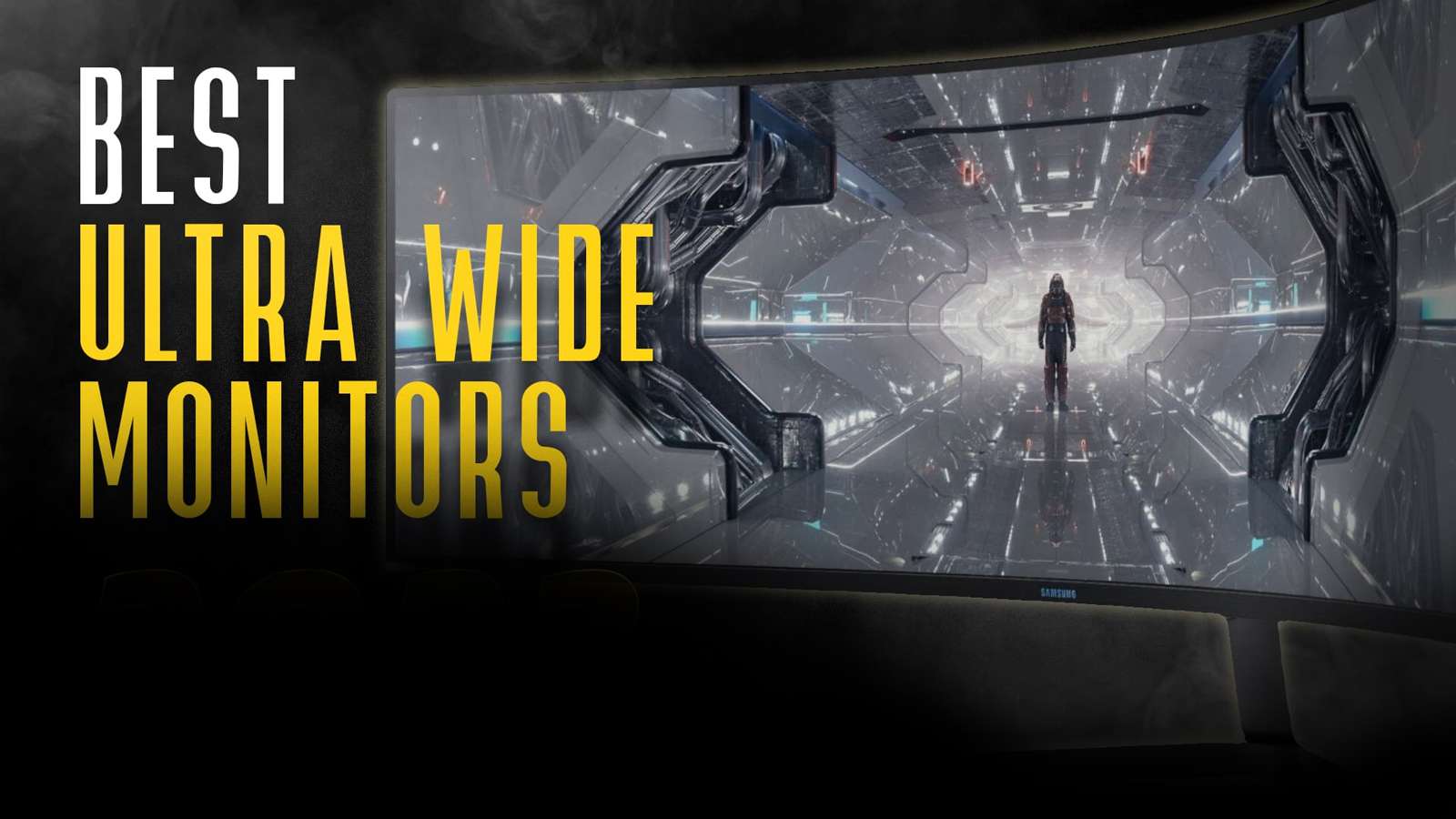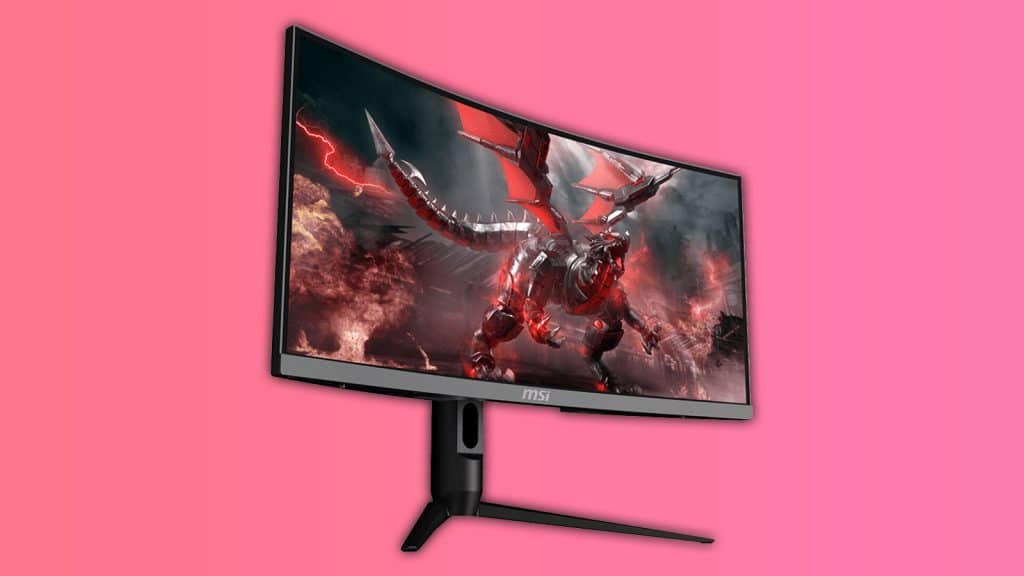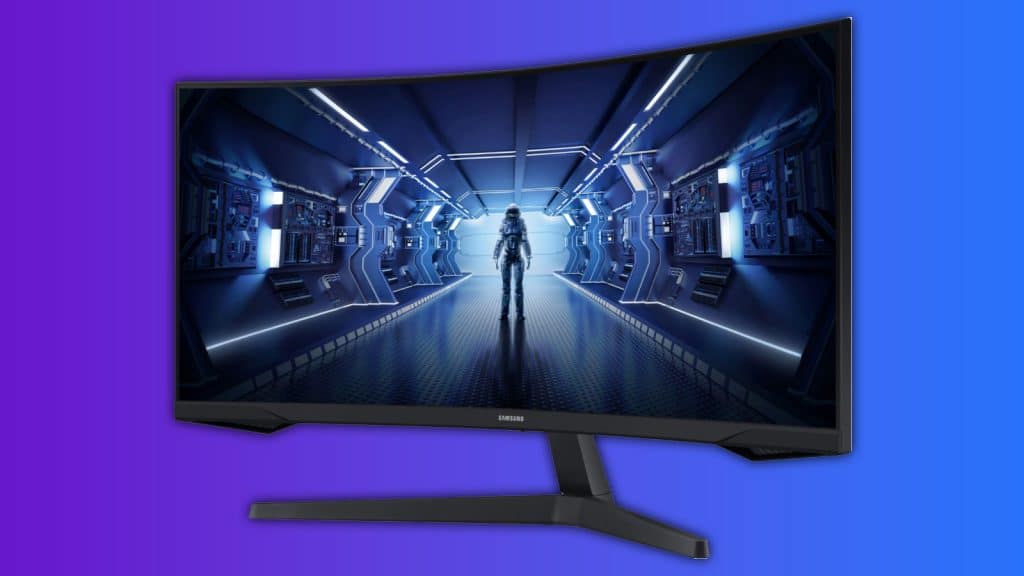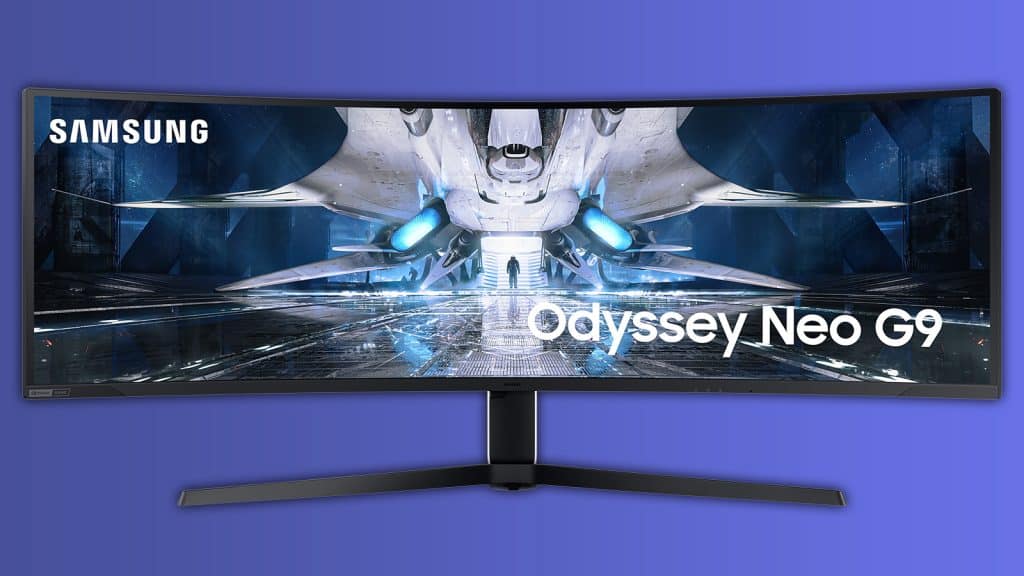Best ultrawide gaming monitors 2023: Budget, premium & more

Looking to add one of the best ultrawide monitors to your gaming setup in 2023? We’ve listed some of the best monitors to give you that extra screen real estate on your desk.
Gaming on the ultra-wide monitor is a completely different experience. These monitors are best for gaming and ideal for streamers, e-sports enthusiasts, and MMO players.
The large screen on an ultra-wide monitor offers a broader perspective, more in-game content, and is more spacious, allowing you to do more no matter what you use your computer for.
Uncharted 4, for example, offers breathtaking landscape visuals on an ultra-wide screen. First-person shooters provide a much better field of view, with a potential advantage for certain players, giving them an additional advantage.

Certain genres might not be the best to use ultrawide monitors, but games like Rust, Escape From Tarkov, and PUBG can give you an advantage when trying to survive. A further field of view will almost always catch people off guard, as you spy them from the corner of your eye.
Whether you’re into MMOs, like FFXIV, World of Warcraft, or even live service games like Path of Exile, a screen that keeps all the mass quantities of data at your fingertips is always needed. Maybe you’re really into EVE Online or Old School Runescape, where you’ll just want that wiki (or Dexerto guide) up at all times.
Best budget ultrawide gaming monitor: MSI Optix MAG301CR2
Going ultrawide doesn’t mean you have to immediately jump to Samsung’s G9 monstrosity. While it’s a delight for a monitor, budget options do exist. There are caveats, like cheaper panels with light bleed or uneven colors and potentially no high refresh rates for more competitive gaming.
If you’re just looking to cram as much as you can onto a screen, there are plenty of budget options to start you off with. However, the budget in ultrawide doesn’t mean the same as the budget in regular monitor sizes. We’ll be recommending anything below $500 and potentially from other ranges so that you at least get a high-quality monitor for your money.
MSI Optix (MAG301CR2)

Key specs
- Screen size: 29.5-inch
- Aspect ratio: 21:9
- Resolution: 2650×1080
- HDR: HDR10 (8-Bit + FRC)
- LCD
- Response time: 1ms
- Refresh rate: 165Hz
- Panel type: VA
- Screen curve: 1500R
A bit on the smaller side than the rest of the offerings, the MSI Optix brings an excellent spec at a great 1080p resolution. Perfect for those on older or budget builds, this monitor is also an excellent offering for those in the competitive scenes.
With a maximum refresh rate of 200Hz, you’re getting that ultrawide advantage and that additional high refresh rate experience on top, giving you the edge in pretty much any game you decide to throw at it.
ASUS TUF Ultrawide Monitor (VG30VQL1A)
The TUF range from ASUS is always great value for what you get. High-quality laptops, excellent monitors, and all without having to fork over too much cash. Their TUF Ultrawide is no different, costing a whole lot less than the competition, but bringing a reasonable quality to the table for the price.
Specs-wise it sits similarly to the MSI Optix but offers variable refresh rates alongside the 200Hz maximum refresh rate. If you’re looking for a slightly more expensive, feature-rich option, you can’t do much worse than the Asus TUF ultrawide.
Best mid-tier ultrawide gaming monitor: Samsung Odyssey G5
Mid-tier sounds bad, but when you compare these to the premium models, you start to see why we use the phrase ‘mid-tier’. This isn’t to say that they’re the best,
These will usually have the regular features that you want out of a gaming monitor. High refresh rates and low response times, as well as upgraded panels with real HDR capabilities for the best-looking games.
Samsung Odyssey G5 (G55T)

Key specs
- Screen size: 34-inch
- Aspect ratio: 21:9
- Resolution: 3440×1440 (WQHD)
- HDR: HDR (8-bit)
- LCD
- Response time: 1ms
- Refresh rate: 165Hz
- Panel type: VA
- Screen curve: 1000R
Samsung’s ultrawide range consistently makes these lists, either due to their affordable prices or ridiculous nature. Unlike the suggested Neo G9, the Odyssey G5 is a last-generation ultrawide monitor that still packs a mighty punch.
Coming in at that lovely sweet spot of 1440p, it offers up to 165Hz in refresh rate and a 1ms response time. This is quite one of the best pound-for-pound entries on this list, making it ideal for those either with budget build PCs or those who’re not in dire need of splashing out on a capable 4K monitor.
You get Samsung’s excellent choice in panels powering your gaming experiences, with a curved monitor to ensure you stay immersed while you play.
Asus ROG Strix (XG49VQ)
Asus’s ROG range is a step up in price and a step up in quality served. Comparable to the Samsung Odyssey Neo G9, this 144Hz monitor is a whopping 49″. Ludicrously big, but not as powerful, it makes for an excellent go-between for those looking to get invested in the ultrawide world.
With a 1080p resolution, it provides an extraordinary amount of screen space without requiring too much from your GPU. You’ll still need something with a bit of heft behind it, but that’s mostly due to when in games that support ultrawide, you’ll be rendering a lot more of the game.
Best premium ultrawide gaming monitor: Samsung Odyssey Neo G9
Premium ultrawide gaming monitors are where you start having to consider the price versus the performance. Usually, these premium monitors are priced due to their size. Massive panels, with a multitude of features, are almost always going to cost a fair bit, but they’ll be some of the best experiences you can get.
Curved, with high refresh rates, and HDR, these all-encompassing desk hogs are going to be well worth the money, even if it is in the thousands of dollars.
Samsung Odyssey Neo G9

Key specs
- Screen size: 49-inch
- Aspect ratio: 32:9
- Resolution: 5120×1440 (WQHD)
- HDR: HDR (10-bit)
- LCD
- Response time: 1ms
- Refresh rate: 240Hz
- Panel type: VA
- Screen curve: 1000R
Like something out of an anime, the Samsung Odyssey G9 is a massive powerhouse with no qualms about being the best in its price range. A gloriously wide 49″, this monitor is excessive in size, but not in a bad way.
Samsung has packed in HDR at 2000 nits, with a QLED panel for one of the best-looking screens you get in this price range without going overboard with OLED. While it has this divisive design on the back, the massive size it brings to the table means you potentially won’t need a second monitor again.
As Samsung treats the 49″ display as a combined power of two 27″ monitors, there’s a picture-in-picture mode, so you don’t have to give up your entire screen. This can even be shrunk down and placed elsewhere on the monitor so you can keep up with your favorite show at the same time.
The 1000R curve will encase you in whatever game you’re playing, with impressive viewing angles and an immersion that’s not really considered until you sit in front of it and realize that it’s all you’ll be seeing.
One of the ways that Samsung separates itself from the rest is by bringing 240Hz with 1ms response time, making this totally viable for competitive esport gaming.
Alienware AW3423DWF
The Alienware AW3423DWF is an excellent gaming monitor with a gorgeous QD-OLED panel. This monitor offers a vivid and immersive viewing experience, is also highly color accurate, and offers deep black bringing the in-game content to life.
Since it uses an OLED panel, games with a dark background, especially in the horror genre will look the best on this display. Moreover, Nvidia’s G Sync Ultimate, excellent HDR output, and a 0.1 millisecond response time are good enough reasons to ensure a place among the premium gaming monitors.
Retailing at $1100, the Alienware AW3423DWF is not the most-affordable monitor. However, it’s worth all your hard-earned money.
LG UltraGear Nano (38GL950G-B)
Don’t let its jumble of a name scare you off, the ultrawide range from LG’s Ultra line is astoundingly good value. We currently use an LG UltraFine with a 75Hz refresh rate, which provides an excellent image for a fraction of the cost of this UltraGear Nano.
However, the UltraGear is built for gaming first, with its cost coming because of the multiple features it has packed in. Not only does it come with a 38″, 21:9 aspect ratio screen, but the panel behind it is DCI-P3 98% color accurate. You’re getting a super smooth image at 144Hz that looks the part too.
You can get the LG UltraGear Nano 38GL950G-B for $1799.99 $1296.99.
Are ultrawide monitors good for gaming?
Yes, going ultrawide means you’re going to get a fuller, richer experience in those games that support it.
Ambling onto Nessus in Destiny 2 never looked so good as being able to see the whole landscape in one go is breathtaking. Being able to tackle every opponent coming at you without having your vision impaired? That’s even better.
Do all games support ultrawide?
Not all games support ultrawide. Recent releases will tend to have ultrawide support, but games like Scarlet Nexus or older games might still display black bars on either side, unable to render out that far.
Games like Halo: Combat Evolved in the Master Chief Collection might support 21:9 in-game, but when cutscenes play they’ll show parts you weren’t supposed to see (like warthogs despawning during a cutscene). Pre-rendered cutscenes will still output in 16:9.
Are ultrawide monitors better than dual monitors?
Depending on your needs, ultrawide monitors can replace dual monitors quite easily. As long as you manage your screen real estate properly, you could get away with never having a dual monitor setup again.
LG even includes an app to help you get the most out of the space on the screen that will handle the various separation and organization for you. However, you’re more often going to find that ultrawides become the center point of multi-monitor setups and other monitors will be used for other content.
How does FPS get affected by ultrawide monitors?
As you’re rendering more of the game, older GPUs might not be able to cope with the resolution requests of the ultrawide monitor. It’s why you need to ensure that you’re not going too overboard when purchasing an ultrawide monitor, as your PC or laptop might not even be able to handle it.
If you click on a product link on this page we may earn a small affiliate commission.